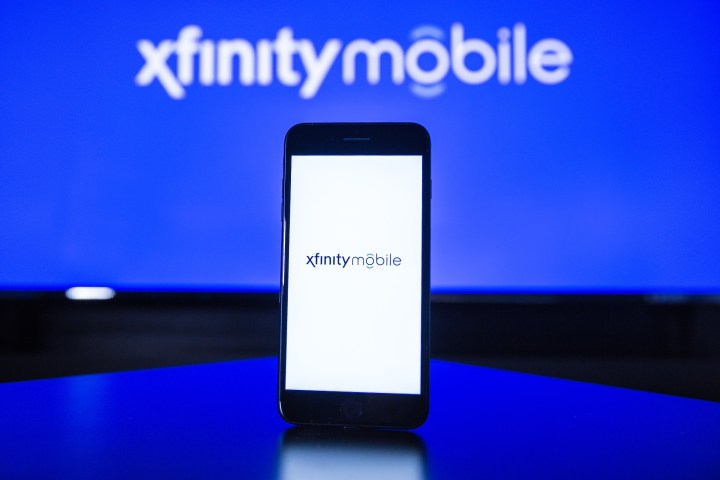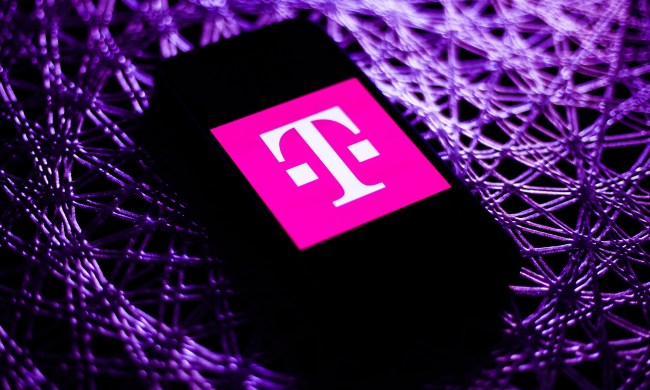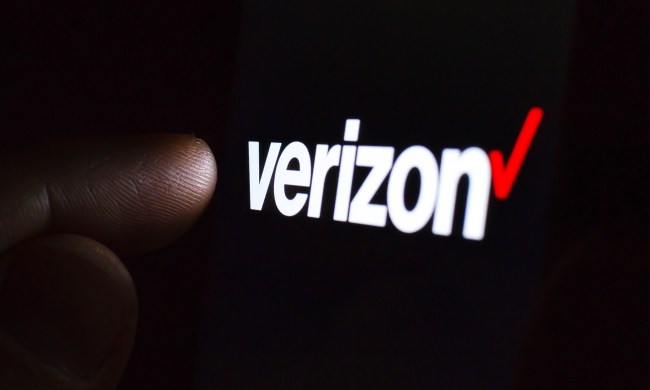
The X1 Voice Remote allows you to search for your favorite shows, control your DVR and even find show suggestions. You simply press the microphone button and say the task you want to complete. Phone Finder will allow you to use the same function to find your Xfinity Mobile devices.
To use Phone Finder, you simply need to press the microphone button on your X1 Voice Remote and say “Xfinity Mobile find my phone.” Provided your phone is not turned off or the battery is not dead, your phone will begin ringing. If you have more than one line, you can say the device name, set up when you activate the phone, to locate the phone. For example, you could say “Xfinity, find Linda’s phone,” and the device would begin to ring. You can also look for devices by providing the 10 digit telephone number.
While Phone Finder is not unique, it’s one of the easiest location features we’ve seen. Apple’s “Find My iPhone” and Android’s “Find my Device” both require you to use another device to locate your phone. To locate your phone with an Amazon Echo device, you’ll need to install a special skill. Phone Finder, on the other hand, requires no setup.
Since Xfinity Mobile launched earlier this year, it has gained more than 200,000 subscribers, according to a report on Bloomberg. Its most popular plan costs $12 a month for unlimited talk and text with 1GB of LTE data.
Xfinity Mobile combines the Verizon Wireless network with Comcast’s 18 million Wi-Fi hotspots to create affordable cellular service. While voice service is routed through cellular, data is prioritized on one of Comcast’s hotspots whenever possible. This scenario saves customers money, as they can purchase data in 1GB increments as needed and use Wi-Fi for majority of the heavy lifting. Earlier this year, Comcast released a report stating that 80 percent of smartphone data travels over Wi-Fi networks as opposed to cell.


